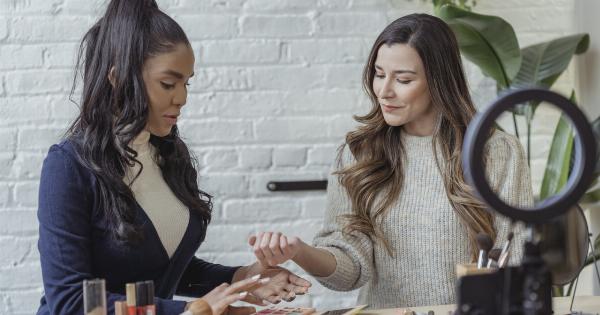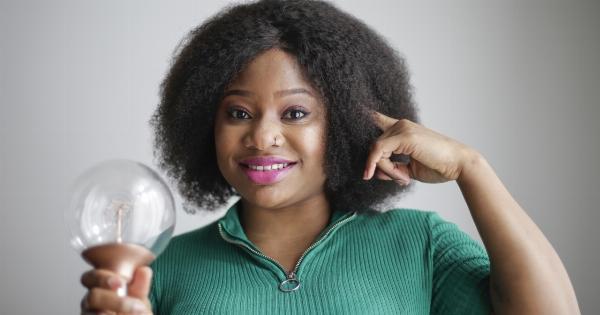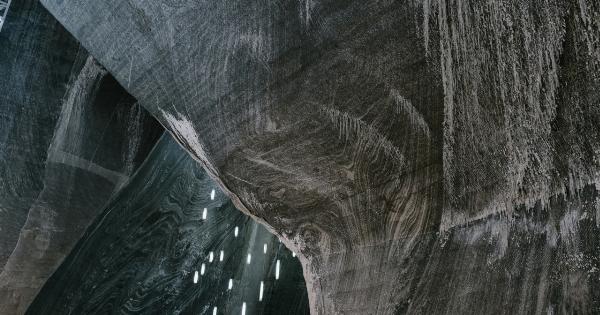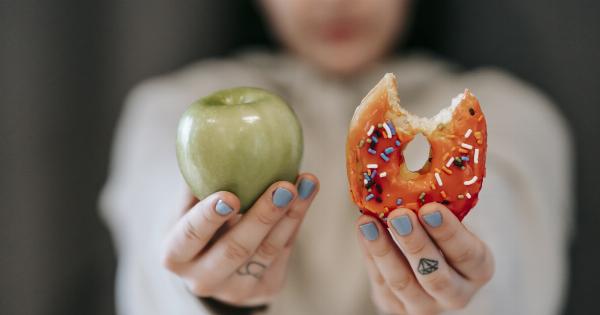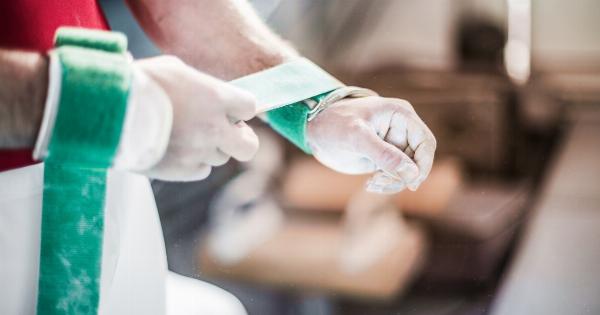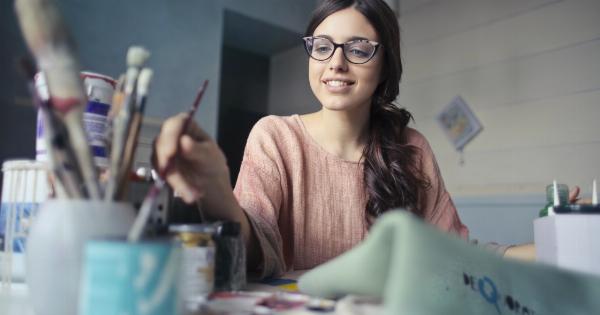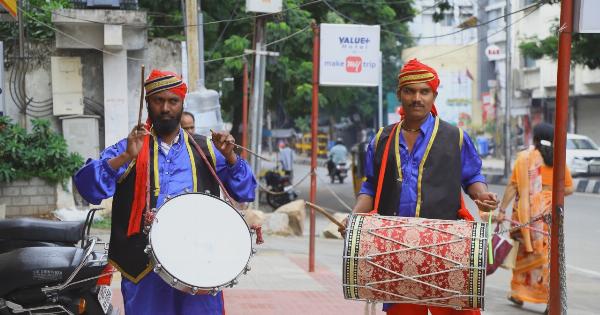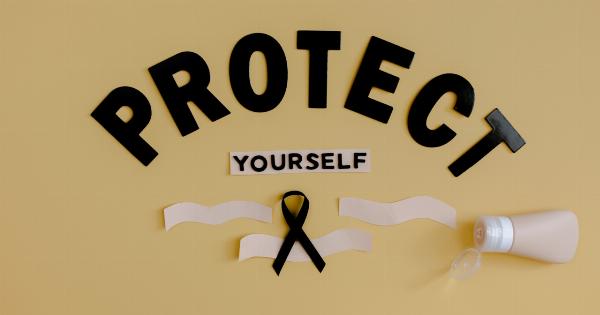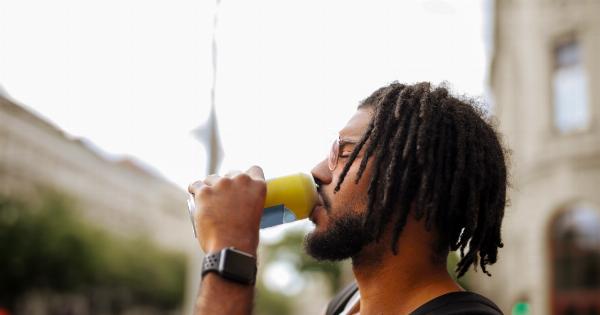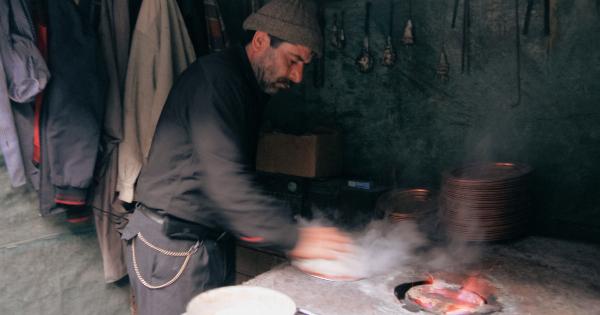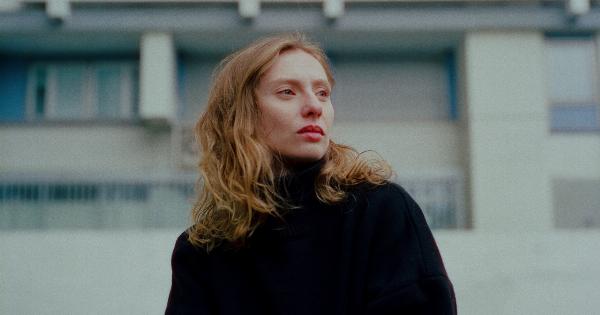Color grading is an essential part of post-production and video editing. It allows you to transform the look and feel of your footage, whether you want to create a vintage vibe or a modern and vibrant look.
With the advancement of technology, there are now various video coloring techniques available, and each can give a unique and creative effect to your video project.
The Basics of Video Coloring
Before experimenting with different video coloring techniques, you must first understand the basics of color grading. There are three primary color corrections you need to know:.
Exposure
Exposure refers to the brightness of your footage. If your footage is too dark, you can adjust the exposure to make it brighter. On the other hand, if it’s too bright, you can adjust it to make it darker.
This correction is essential when you want to create a particular mood or effect in your footage.
Color temperature
Color temperature refers to the warmness or coolness of your footage. If you want to make your video look warmer, you can adjust the color temperature to add a yellow or orange tint. If you want it to look cooler, you can add blue or green tones.
This correction can help create the desired ambiance or mood in your video project.
Tint
Tint refers to the overall color of your footage. By adjusting the tint, you can change the color to red, green, blue, or any other color you desire.
This correction is essential when you want to create a unique and creative effect or match the color of different shots in your project.
Experimenting with Creative Color Grading Techniques
Now that you know the basics, it’s time to experiment with creative color grading techniques. Here are some popular techniques to try:.
Monochromatic
Monochromatic color grading emphasizes a single hue and its different tones. It’s an excellent technique for creating a vintage or classic look. To achieve this, start by adjusting the tint to your desired color.
Then, adjust the saturation to desaturate all colors except the one you chose. Finally, adjust the brightness to match your desired look.
Partial Color
Partial color grading is a technique that emphasizes a single color while desaturating the rest of the image. This technique can create a bold and dramatic effect, especially for product or fashion videos.
To achieve this technique, start by selecting the color you want to emphasize. Then, desaturate all the other colors except the one you chose. Finally, adjust the brightness and contrast to achieve the desired effect.
Blockbuster Look
The blockbuster look has become very popular in recent years, especially in action-oriented films. To achieve this look, start by adding a slight blue tint to the image. Then, adjust the contrast and highlights to create a high-contrast effect.
Finally, add some warm tones to enhance the overall look.
Cross Processing
Cross-processing is an effect that simulates the look of old film cameras. This technique involves processing film with the wrong chemicals, resulting in different colors and tones.
To achieve this effect, start by adjusting the color temperature to add blue and green tones. Then, add some yellow and orange tones to create a contrast. Finally, adjust the contrast and brightness to enhance the overall effect.
Day for Night
Day for night is a technique used in film and TV to simulate night scenes. To achieve this effect, start by shooting your footage during the day and add a blue tint to the footage. Then, add some shadows to create the illusion of night.
Finally, adjust the brightness and contrast to create the desired effect.
Conclusion
Experimenting with different video coloring techniques can help enhance the overall look and feel of your video project. By using these techniques creatively, you can create unique and stunning videos that will grab your audience’s attention.
Remember that color grading is not just about enhancing the image but also about conveying emotions and telling a story.

